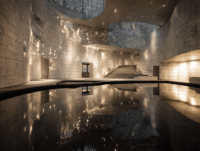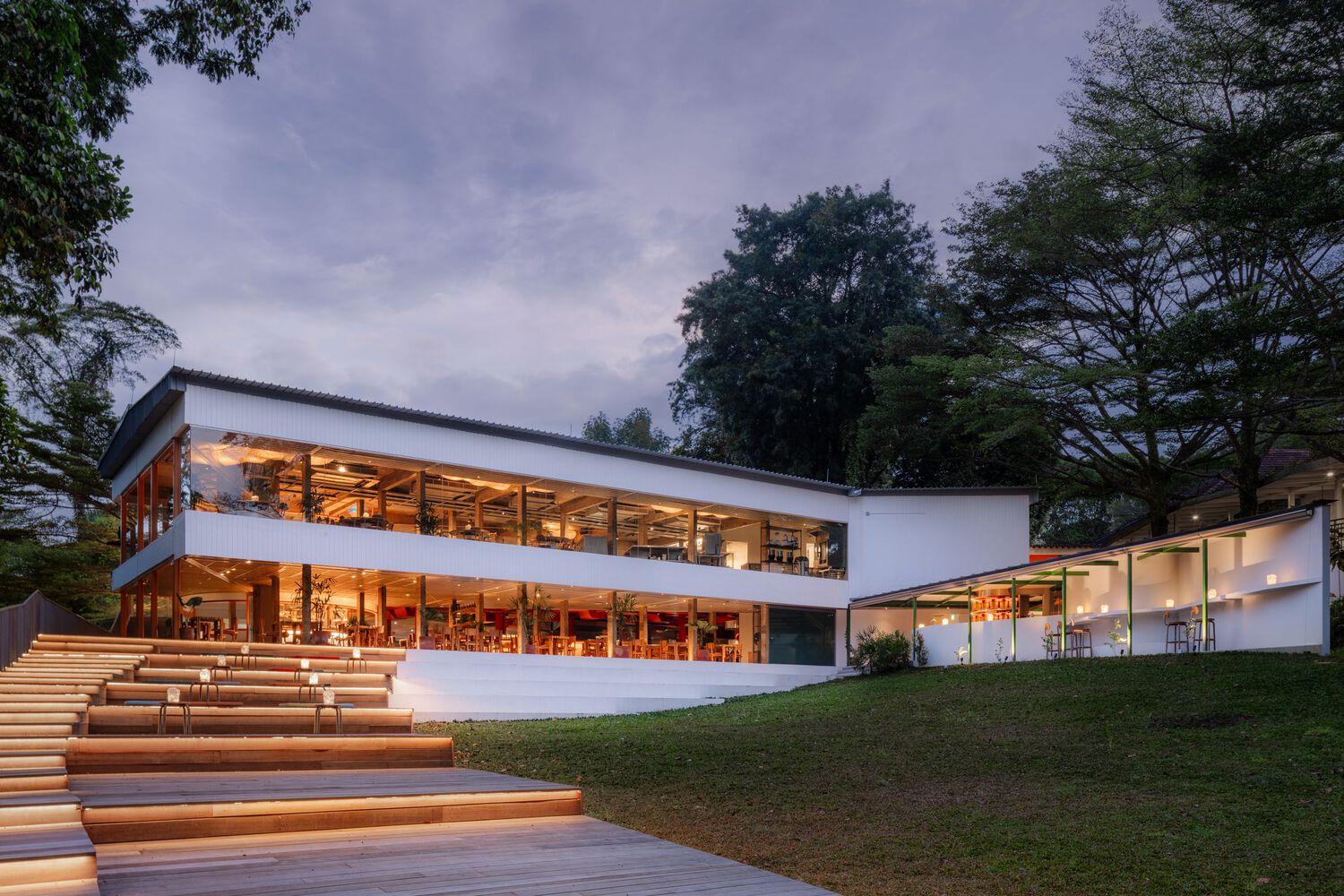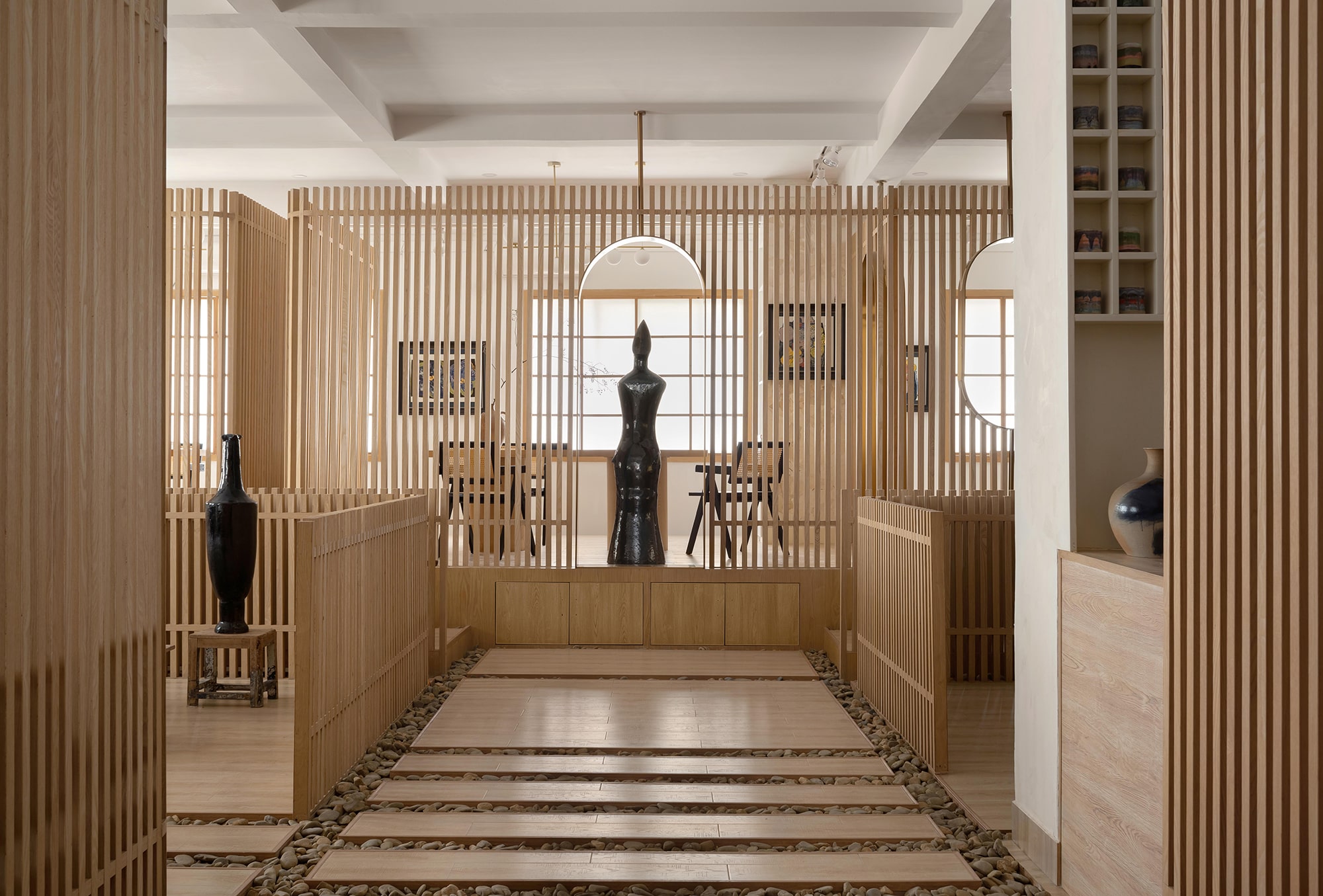- Home
- Articles
- Architectural Portfolio
- Architectral Presentation
- Inspirational Stories
- Architecture News
- Visualization
- BIM Industry
- Facade Design
- Parametric Design
- Career
- Landscape Architecture
- Construction
- Artificial Intelligence
- Sketching
- Design Softwares
- Diagrams
- Writing
- Architectural Tips
- Sustainability
- Courses
- Concept
- Technology
- History & Heritage
- Future of Architecture
- Guides & How-To
- Projects
- Interior Design
- Competitions
- Jobs
- Store
- ToolsNew
- More
- Home
- Articles
- Architectural Portfolio
- Architectral Presentation
- Inspirational Stories
- Architecture News
- Visualization
- BIM Industry
- Facade Design
- Parametric Design
- Career
- Landscape Architecture
- Construction
- Artificial Intelligence
- Sketching
- Design Softwares
- Diagrams
- Writing
- Architectural Tips
- Sustainability
- Courses
- Concept
- Technology
- History & Heritage
- Future of Architecture
- Guides & How-To
- Projects
- Interior Design
- Competitions
- Jobs
- Store
- ToolsNew
- More
Lado Coffee by NTA Architecture & SPNG Architects
La Do Coffee is a peaceful café in Bao Loc City, blending nature and architecture around a central reflecting pond. Its triangular pavilion, inspired by local traditions, offers a calm, mindful space using natural materials. Designed by local entrepreneurs, it celebrates the landscape, promotes relaxation, and supports the community’s cultural and ecological future.

Nestled within the emerging La Do Homestay resort complex on the outskirts of Bao Loc City, La Do Coffee represents a convergence of architecture, nature, and healing. As Bao Loc blossoms into a premier destination for tourism and resort development in Vietnam’s Central Highlands, this project is both a celebration of place and a vision for the future—framed by the dramatic backdrop of Spung Mountain, the city’s most iconic peak.
Situated on a gently sloping 2,300 m² site, La Do Coffee is more than a commercial café—it’s a curated sensory and spatial experience. It anchors the site’s architectural narrative, functioning as a transitional element between the bustling street edge and the secluded cluster of bungalows at the rear. Here, design is not an afterthought to nature, but a partner in framing and enhancing it.

Table of Contents
ToggleA Vision Rooted in Local Identity
The project was born from the aspirations of Bao Loc natives—entrepreneurs with a deep emotional connection to their homeland. Recognizing the area’s rich potential and majestic scenery, they sought not only to grow their family business but to contribute meaningfully to the local economy, culture, and ecology. Their vision emphasizes a balance between human comfort and environmental sustainability, where architecture acts as a medium of local storytelling and regional regeneration.
A Pond at the Heart: Reflection and Balance
At the core of La Do Coffee’s design is a serene central water pond, a mirror-like element that becomes the spiritual and visual centerpiece of the site. Reflecting light, architecture, and nature, the pond introduces a strong sense of symmetry, stillness, and movement all at once. The geometry of built forms contrasts softly with the organic curves of the water, creating a harmony that is both calming and visually compelling.
As visitors move through and around the pond, they experience the space through different lenses—walking on stepping stones, pausing at the edge, watching ripples bend the reflections of sunlight, or simply listening to the soft sounds of water. This choreography of movement is intentional: a slow-down gesture in a world that rarely stops.
The pond also serves ecological functions—regulating humidity and temperature, improving microclimate comfort, and fostering biodiversity. Its gentle design, complemented by lush green borders and ornamental grasses, makes it a shared resource for guests and the surrounding neighborhood alike.

Geometry as Stillness: The Triangular Pavilion
Emerging gently from the pond is the project’s most defining architectural gesture: a central triangular building. The decision to use an equilateral triangle—a timeless geometric form—creates an elegant counterpoint to the pond’s organic softness. Rather than rigidity, the triangle introduces intentional simplicity, embodying strength, balance, and a sense of place.
The design draws inspiration from the rhythm of ancient Hue royal palaces, where sequences of open and closed spaces guide visitors through a carefully composed journey. At La Do Coffee, this experience is modernized: the procession through water, past porch, and into the triangular space builds anticipation and pause, encouraging users to inhabit the moment, not just move through it.

Materiality and Structure: Honest, Local, and Expressive
The architectural material palette embraces dark tones and natural finishes, reinforcing the ambiance of stillness and grounding. Locally sourced stone, unpainted steel, and glass are combined to create a raw yet refined experience—one that is deeply tactile and unobtrusive.
A bold structural system of I-beams and three sculptural stone columns grounds the pavilion, offering both visual stability and symbolic strength. Above, round steel columns lift a sharp triangular roof, creating an open-plan layout where indoor and outdoor spaces blur effortlessly. The generous porch invites natural light and breeze, filtering nature inward without disruption.
At the rear, a more utilitarian rectangular mass accommodates the café’s operational needs—kitchen, reception, and storage—strategically placed to maintain the purity of the triangular pavilion while ensuring staff efficiency. These service areas are wrapped in glass, maintaining visual continuity with the landscape, and fostering an experience of seamless transparency between function and form.

Architecture for Wellness and Reflection
In today’s hyperconnected world, people seek moments of stillness—spaces to reset, reflect, and reconnect with nature. La Do Coffee is designed as an antidote to overstimulation and urban fatigue. Every element—water, geometry, material, light—is orchestrated to promote mindfulness and emotional well-being.
This is a place where architecture supports the healing of individuals and the land. It encourages community engagement, elevates local identity, and sets a benchmark for sustainable, place-based development in Bao Loc.
Photography: Hiroyuki Oki
- Architectural retreat in Vietnam
- Bao Loc resort development
- Central Highlands resort design
- Equilateral triangle building
- Healing architecture in nature
- Indoor-outdoor spatial design
- La Do Coffee Bao Loc
- Landscape and architecture harmony
- Local identity in architecture
- Mindful café architecture
- Minimalist architecture Vietnam
- Nature-integrated café
- Open-air coffee pavilion
- Place-based Vietnamese design
- Pond-centered café layout
- Reflection pond architecture
- Sustainable café architecture
- Triangular pavilion design
- Vietnam coffee architecture
- Wellness-focused café design
Submit your architectural projects
Follow these steps for submission your project. Submission FormLatest Posts
AIR Circular Campus and Cooking Club by OMA & Zarch Collaboratives
The AIR Circular Campus and Cooking Club in Singapore by OMA +...
An Artist’s Teahouse by Lim +Lu
Lim + Lu’s latest project, An Artist’s Teahouse, is a serene 2000...
The Facets Cafe by BBWORKSPACE
THE FACETS is a thoughtful renovation and extension of a café nestled...
Phe La Da Nang Cafe by 6717 Studio
Located on bustling Nguyen Van Linh Street in the heart of Da...
































Leave a comment